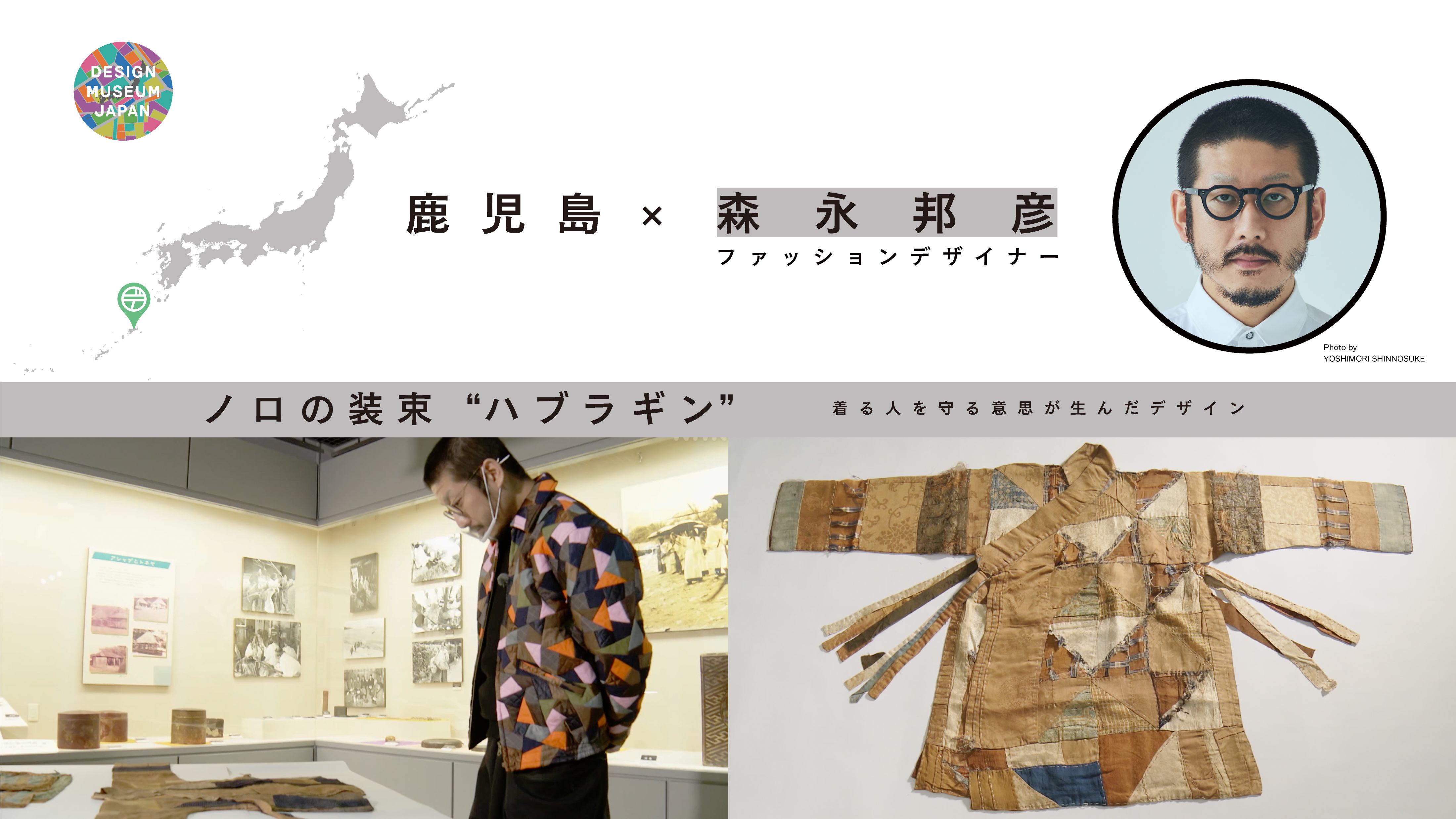Takayuki Takeya researched the decorative fishing-boat boards of his native Hokkaido. The waters off the Japan Sea coast of Hokkaido used to boast thriving herring fishing grounds. Catches peaked in the Meiji and Taisho Periods as an important and extremely prosperous local industry. Boat carpenters sculpted pictorial boards for display on the sterns of the herring boats. Their designs were highly individual, depending on whose work it was, to the point where the carpenters knew instantly who had built a boat simply by looking at its decorative stern board. Catches declined, however, from the early Showa Period, and the herring shoals had all but disappeared by the 1950’s. The boats, too, fell out of sight and use.
Takayuki Takeya Sculptor
Decorative Boards for Fishing Boats

DESIGN TREASURE
The Fishermen’s Spirit Embodied on Boats


Herring fishing
CREATOR

Photo by Keiko Takeya
Takayuki Takeya Sculptor
Born in Hokkaido in 1963.
Takeya was raised in a fishing family. Highly regarded for his skillful sculpting technique and distinctive designs, he is active across wide-ranging fields from film to toys and figurines. Among his many film projects, he directed the template production and modeling of ultra-huge figures for Shin Godzilla and Attack on Titan. His publications include “Ryoshi no Kakudo: Kanzen Zoho Kaiteiban (Kodansha).

Decorative details that reveal the spirit of the ship carpenters
For Takeya, the decorative herring boat boards provided his first exposure to design. He started photographing and studying them while still at his student days. Wanting now to see them again, he traveled to the former Saga family fishing base in Romoi. From March to May each year, at the time of the herring catch, many migrant fishermen and boat masters lodged there from both within and outside Hokkaido. The bases were known as Herring Hostels. This was one of the herring fisheries that operated for 113 years from the late Edo to mid-Showa Period and, to convey those years of prosperity, is now designated as a place of national historical interest. Even 70 years on, Takeya is impressed by the skill of the old ship carpenters revealed in the decorative boards.

Facing the veneer of a fishing boat

A decorative stern board Takeya photographed in his student days

“Ryoshi no Kakudo: Kanzen Zoho Kaiteiban” collection of works incorporates decorative laminate as a motif.
Slicing through the waves, raising the surf, invigorating design
“The chisel marks have been left on purpose to good effect,” says Takeya. He observes that the technique of securing effect by leaving the rough marks of sculpting is harder that neat polishing. The decorative boards were attached to the sterns of the vessels. Looking at those marks, Takeya observes they convey “powerful and adventurous design.” Herring boat design was, first and foremost, about protecting the lives of the fishermen. The decorative boards expressed the carpenters’ resolve to show what else they could do. “I love the way they are so unexpected,” says Takeya, reflecting on what makes them so fascinating.

Decorative board details Photo: Takayuki Takeya



The significance of the decorative boards on fishing boats
The decorative board was the place where the carpenter could display his skill. There were flowers such as chrysanthemums and peonies, and also lions, peaches, arabesques and various other motifs depicted in vivid colors. The meanings of those designs cannot be found described in any extant records of the fishing culture, but, “Going to sea was to put your life at risk,” says Takeya, “and I expect they were regarded as talismans and bringers of bumper catches.” Gods of the sea and fishermen such as Funadama and Ebisu were enshrined at the herring base, and various supplicatory rites for safety at sea and rich catches were also performed there through the year. Thinking back to his childhood, Takeya remembers similar carvings, too, in the shrines and fishermen’s houses, and wonders now about those further connections.

Various patterns of decorative boards "Kipper: A Record of Lost Herdsmen" Hokkaido Shimbunsha



Decorative corbels and gegyo supporting roofs of bay windows and doorways of houses
Photo: Takayuki Takeya
Where Can We See This Design Treasure?
Former Saga Family Fishing Grounds
13, Reukecho, Rumoi, Hokkaido 077-0035
Click here for more details.

Rumoi City Sea Hometown Museum
2-3-1 Omachi, Rumoi City, Hokkaido 077-0048
Click here for more details.

Photo courtesy of NPO Rumoi Tourism Association
Sengoku-gura
Inabakaigancho, Mashike, Mashike District, Hokkaido 077-0203
Click here for more details. (an outbound link, in Japanese only)

Photo courtesy of Mashike Tourism Association




























